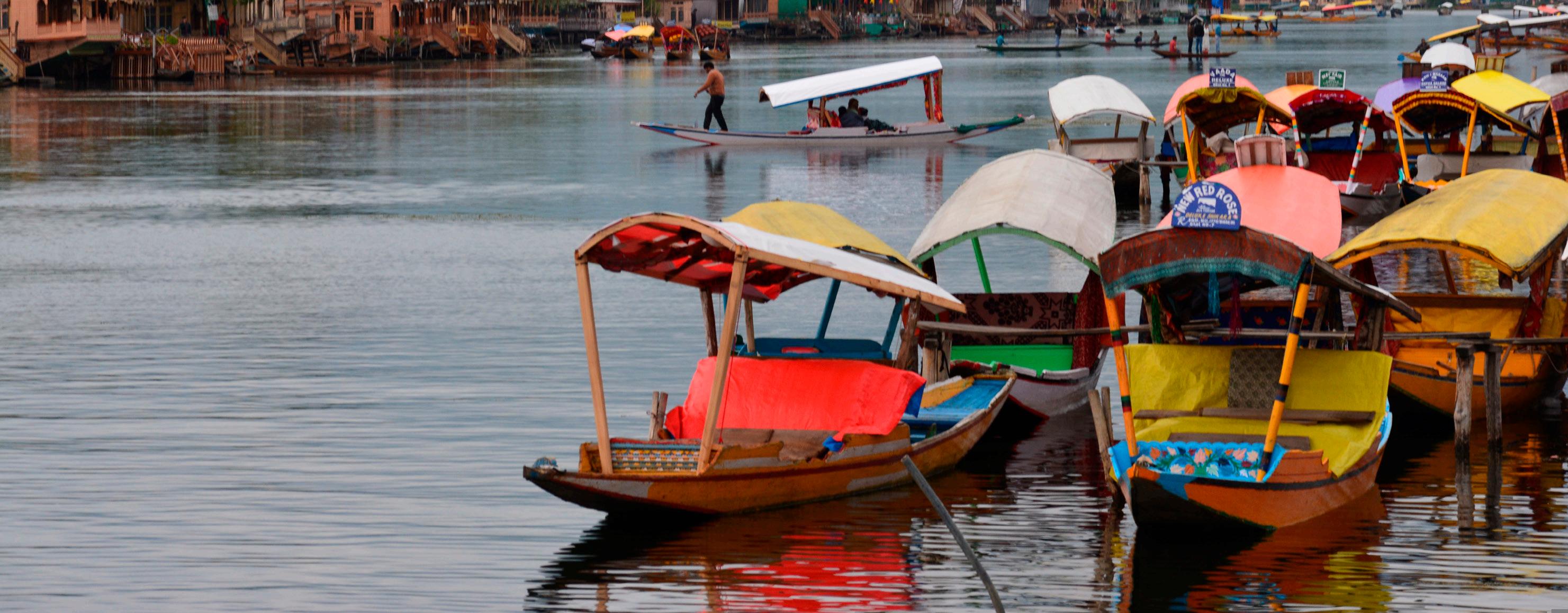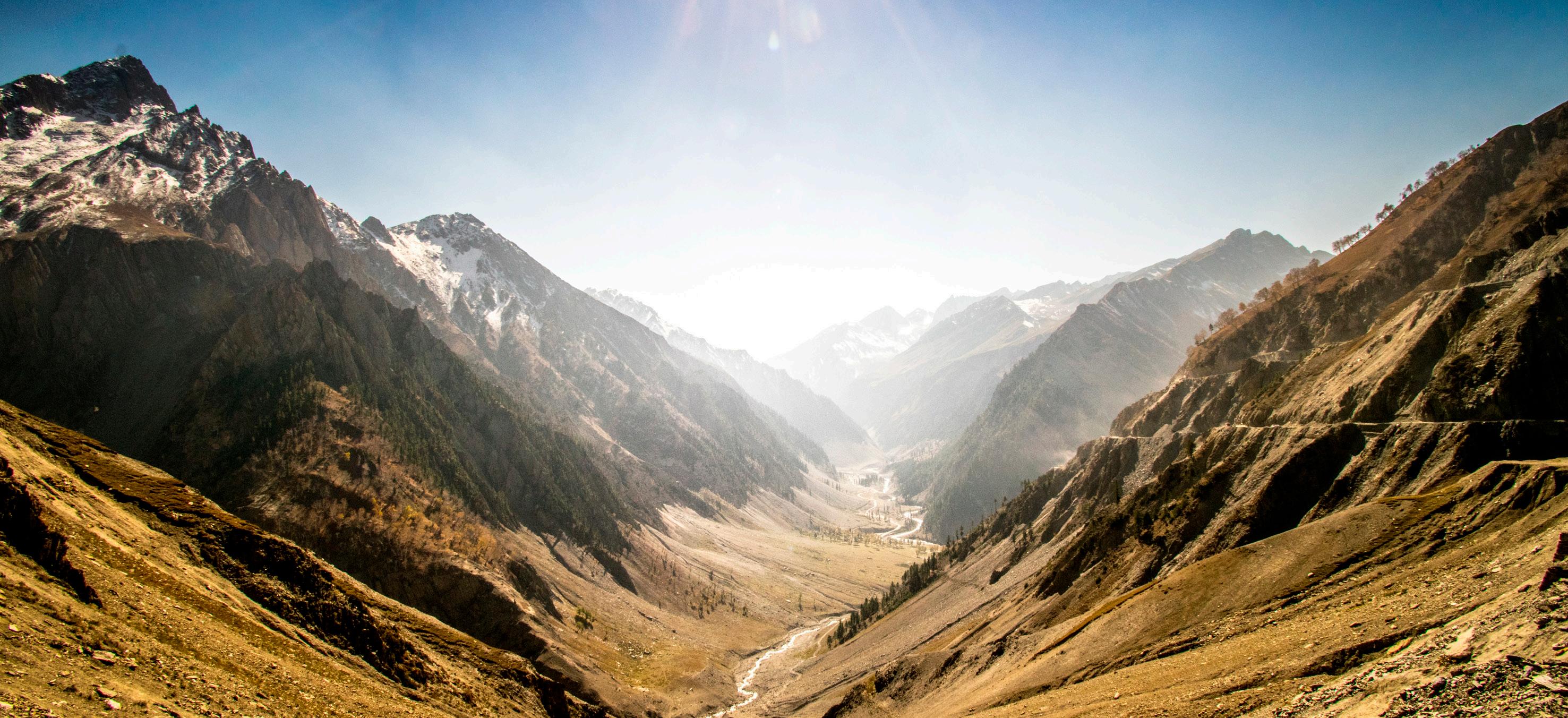
2 minute read
Kashmir Files: Will The Lithium Discovery Be A Game-Changer?

of southern India’s Karnataka state were also classified in the “inferred category”.
“This is a preliminary estimate and requires further exploration efforts to convert the estimated resources to an exploitable category with a high degree of confidence level and explore the possibility of augmenting Li (lithium) resources in the area,” the press statement read.
“Further, unless a proper technology/method is available to profitably extract lithium from its ore, the real benefit of exploration may not be there. With the data presently available with the AMD (atomic minerals directorate for exploration and research), the actual economic benefits of the exploration cannot be estimated at this stage,” it added.

Tricky Future
April 15, 2023
The tentative discovery of a massive quantity of lithium in India’s Jammu and Kashmir, with preliminary estimates hinting at 5.9 million tonne deposits of the high-in-demand metal, has made the country’s excitable mainstream media go overboard with hyped-up coverage of the development.
There are tall talks about India emerging as a global lithium powerhouse as a result of this discovery in the Union Territory’s Reasi district, and that India can confidently meet its goal of 30% of all cars on Indian streets going electric by 2030. Soundwaves are radiating out from the media megaphones in full fury despite sober warnings from geologists and the Indian government that the reality could turn out to be starkly different in the years ahead. After all, the lithium deposits detected there are only in the “inferred” stage, which is merely a preliminary estimation made with a low level of confidence.
Lithium, a soft and silvery alkali metal, is a key component of the batteries that power EVs or electric vehicles. The top six countries with the biggest lithium reserves are Bolivia, Argentina, Chile, US, Australia, and China.
According to experts, the estimates are based on early-stage prospecting, and the actual quantity of the lightweight element embedded in the bauxite rocks of the Salal-Haimana area of Reasi could be much less, or much more.
Scientists are also years away from determining with certainty the quality of the mineral, and whether it is even practicable and feasible economically and environmentally to extract it. And if it is to be extracted, the time the process would require is another key issue, throwing a question mark on whether India can genuinely meet the selfdeclared 2030 deadline of increasing the number of private electric cars in the country to 30%.
With India lacking the technology and infrastructure to carry out the various processes in lithium production, it also has to scour for technology transfer and infrastructural support.
The department of atomic energy clarified all these points in a press statement in 2021 after 1,600 tonnes of lithium ore discovered in the Marlagalla-Allapatna region in Mandya district
It needs to be mentioned here that the country took baby steps on this front before the Kashmir discovery came to light. Khanij Bidesh India Ltd. or KABIL, a joint venture of three CPSEs (central public sector enterprises) under the mining ministry, has signed a non-minding MoU with three state-owned organisations from Argentina for sharing information about prospective mineral acreages of lithium.
Separately, the governments of India and Australia have inked an MoU for cooperation in the field of mining and processing of ‘critical and strategic minerals’ such as lithium.
But there are more challenges. The lithium in the Reasi district is presumed to be mixed with bauxite, as indicated in a 1999 report by the GSI (Geological Survey of India), in which the deposits in the area were mentioned for the first time. This has implications in terms of cost and processing technology.
“India is not habituated to extracting lithium and purifying it. It is mixed with rocks and other







